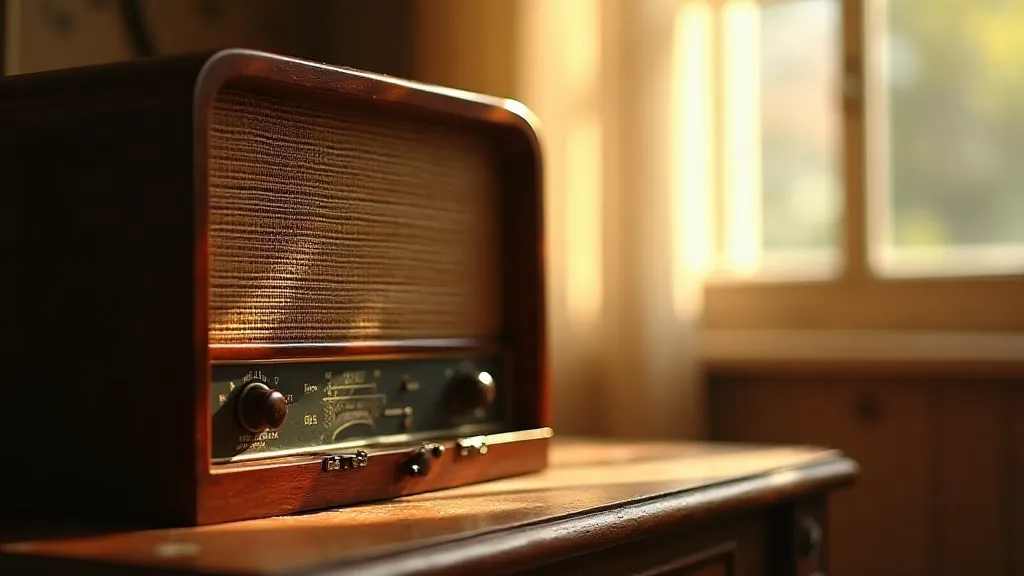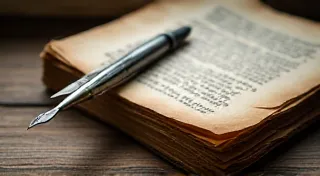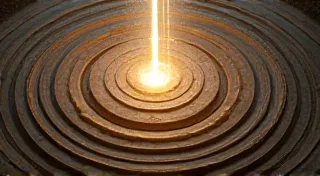The Ghost in the Vacuum Tube: Diagnosing Subtle Radio Malfunctions
There's a quiet reverence that settles when you’re face-to-face with an antique radio. It isn't simply the patina of age, the beautiful cabinet – though those are certainly part of the allure – it’s the echo of voices, music, and news broadcasts from a different era. It’s the sense that you’ve momentarily bridged the gulf between yesterday and today. But what happens when that connection falters? When the radio’s voice isn’t quite right, or disappears altogether? Then, the real work – and the true reward – begins: the detective's quest to uncover the "ghost in the vacuum tube."
I remember my first real restoration project – a 1938 Zenith Stratosphere. The cabinet was stunning, a dark mahogany waterfall design, but the radio itself was stubbornly silent. I’m not a formally trained engineer, just a lifelong enthusiast captivated by the elegance and ingenuity of vintage electronics. My initial attempts were clumsy, fuelled more by enthusiasm than skill. I felt a kinship with the craftsmen who'd meticulously assembled these devices decades ago, and an almost spiritual obligation to bring one back to life.
The Zenith, like many radios of its age, was a complex interplay of transformers, capacitors, coils, and those luminous vacuum tubes. Each component played a vital role, and a single, seemingly insignificant fault could silence the whole orchestra. Diagnosing those faults is far more nuanced than simply replacing parts. It requires a methodical approach, a keen ear, and an understanding of how these radios *should* behave. Replacing components without diagnosing the root cause is akin to silencing a discordant note in a symphony by simply taping over the instrument—the fundamental issue remains, and the beauty is diminished.
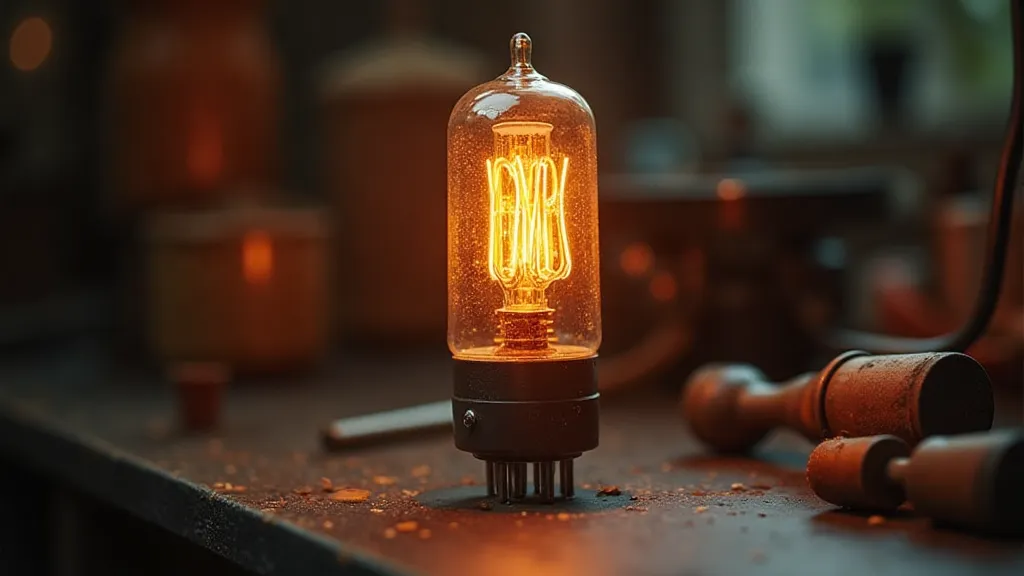
Beyond the Obvious: Subtle Symptoms and Their Secrets
The common problems – a dead tube, a blown fuse – are relatively straightforward. But the true challenges lie in those more subtle deviations from expected performance. A weak signal, distortion, intermittent operation, or a peculiar hum—these aren't symptoms of a single, easily identified problem. They are clues in a larger puzzle.
Let's consider a radio with a weak signal, but only on certain frequencies. This isn't necessarily a problem with the antenna or the main tuning circuit. It could be an issue with a bandspread capacitor, a variable component used to adjust the range of frequencies accessible in a particular band (like AM or shortwave). These capacitors are prone to corrosion and leakage, especially if they haven't been serviced in decades. The corrosion creates a resistance that limits the signal strength. Using a signal tracer, a tool that allows you to follow the signal path through the circuit, can pinpoint the specific capacitor that's the culprit.
Another common, and frustrating, issue is intermittent operation. The radio works perfectly sometimes, and fails at others. This often points to a cold solder joint - a connection where the solder hasn't properly adhered to the component leads. Thermal cycling – the radio heating up and cooling down – can cause these joints to crack, intermittently breaking the circuit. Careful visual inspection, often aided by a magnifying glass, is crucial. Gently flexing the chassis can sometimes reveal the failing joint. Resoldering is often the solution, but it requires a delicate touch and proper technique. Applying too much heat can damage the components.
The Symphony of Components: Interdependence and Harmony
What makes antique radio restoration so fascinating is the deep interdependence of its components. A seemingly unrelated fault in one section of the circuit can manifest as a problem elsewhere. For example, a leaky filter capacitor in the power supply can cause hum in the audio output, even if the audio amplifier itself is functioning perfectly. It's like a chain reaction - one broken link weakens the entire system.
The chassis itself can be a source of problems. Corrosion, often exacerbated by moisture and age, can create conductive paths between components, causing unwanted signals or short circuits. Careful cleaning and preservation are essential, but often requires specialized techniques and materials. A common pitfall is using modern cleaning agents that can damage the original finish or leave behind corrosive residues.
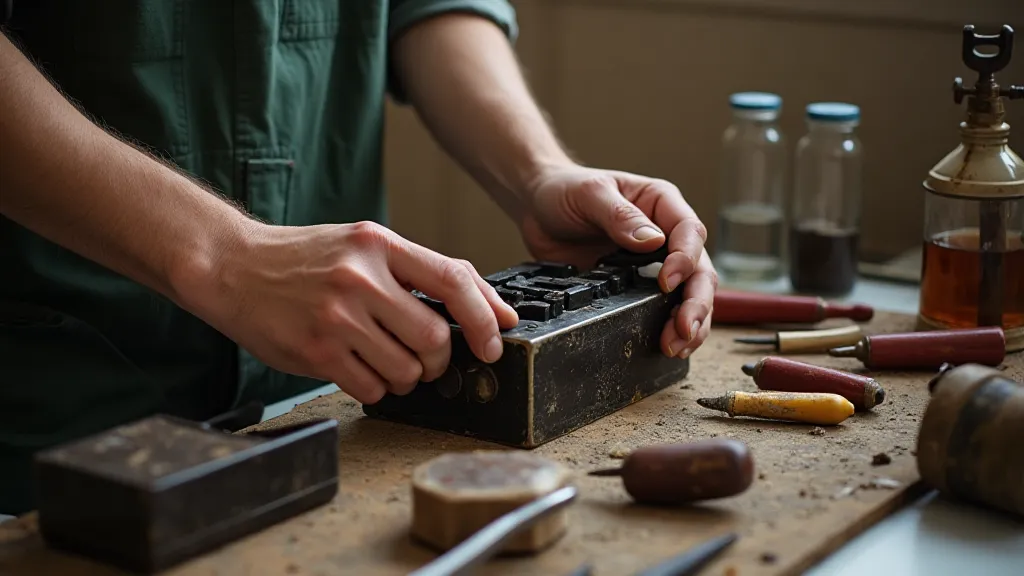
The Art of Listening: More Than Just Measuring Voltage
Modern electronics rely heavily on precise measurements – voltage readings, resistance values, signal strengths. While these measurements are valuable, they don's tell the whole story. With antique radios, you need to develop a sense of what "right" sounds like, what a healthy signal path *feels* like. It’s an art as much as a science. This comes from experience—from working on multiple radios, observing their behavior, and understanding their design nuances.
A good technician "listens" to the radio—not just for the audio output, but for the subtle cues—the hum of the transformers, the crackle of the capacitors, the faint hiss of the tubes. These subtle sounds can provide invaluable clues to the underlying problem. It’s like a musician tuning an instrument – they don’t just rely on a meter; they use their ear.
Preserving a Legacy: More Than Just Restoration
Restoring an antique radio isn't just about fixing a broken device. It's about preserving a piece of history, a testament to the ingenuity and craftsmanship of a bygone era. It's about reconnecting with a time when radio was the primary source of news, entertainment, and human connection.
These radios were built to last—often by hand, with meticulous attention to detail. The cabinets were crafted from beautiful hardwoods, the transformers were hand-wound, and the tubes were carefully selected for optimal performance. It's a legacy that deserves to be cherished and passed on to future generations. It’s a responsibility as much as a passion.
The "ghost in the vacuum tube" isn’t always a simple malfunction. It’s the echo of a craftsman’s hand, the murmur of voices from decades past, the enduring spirit of innovation. And in diagnosing that subtle fault, we’re not just restoring a radio; we’re rekindling a connection to our collective past.
